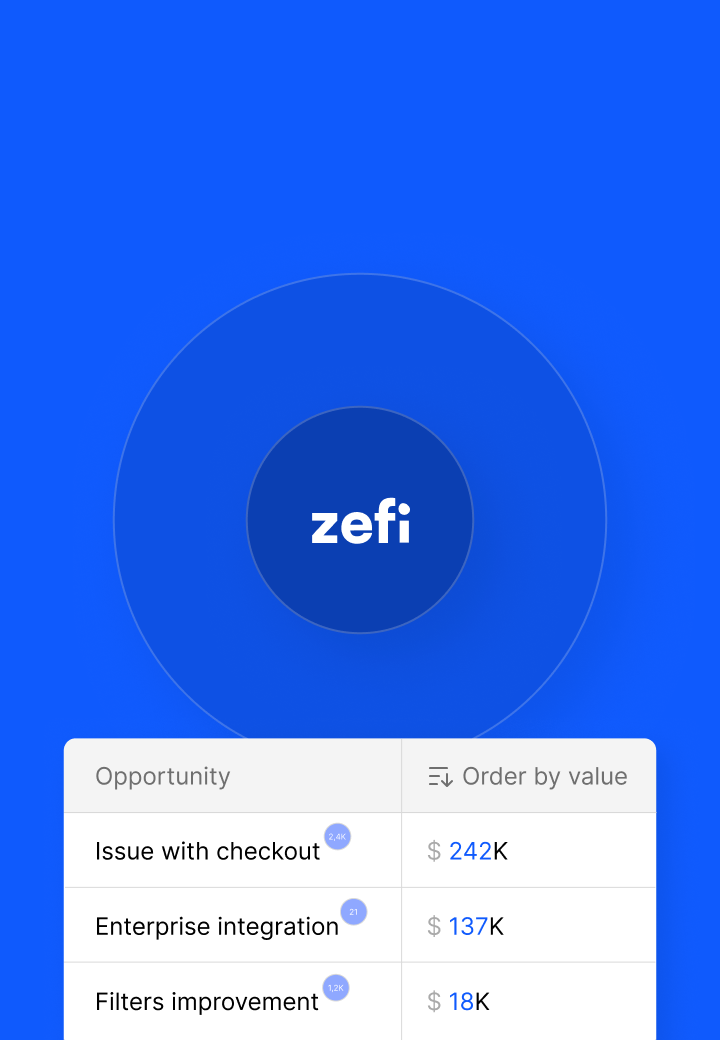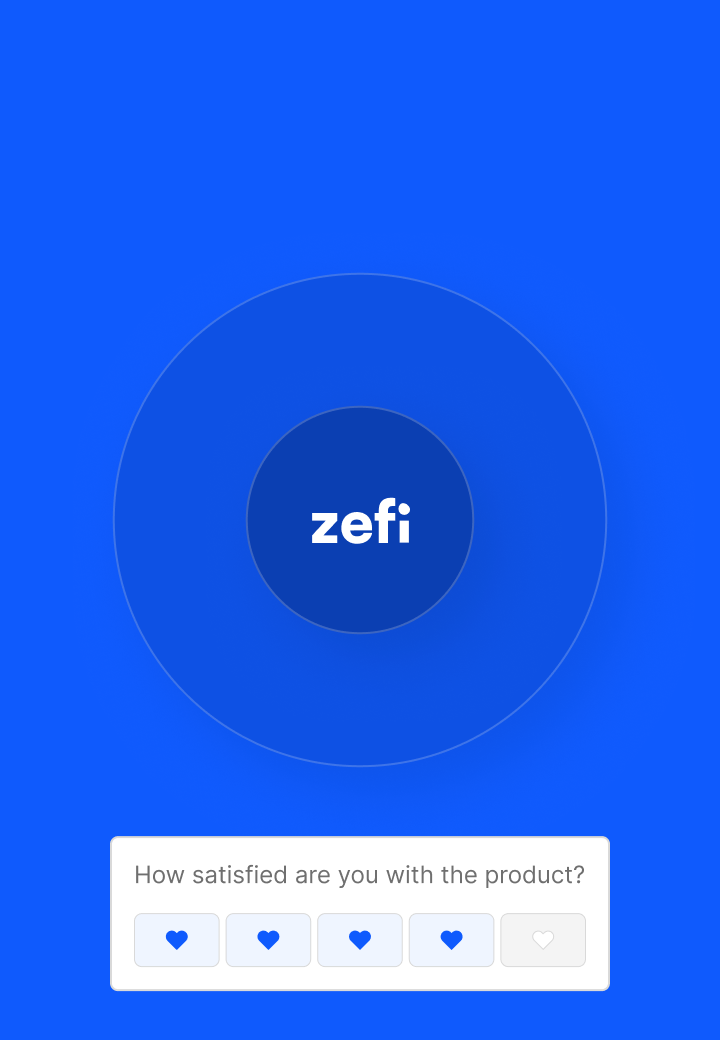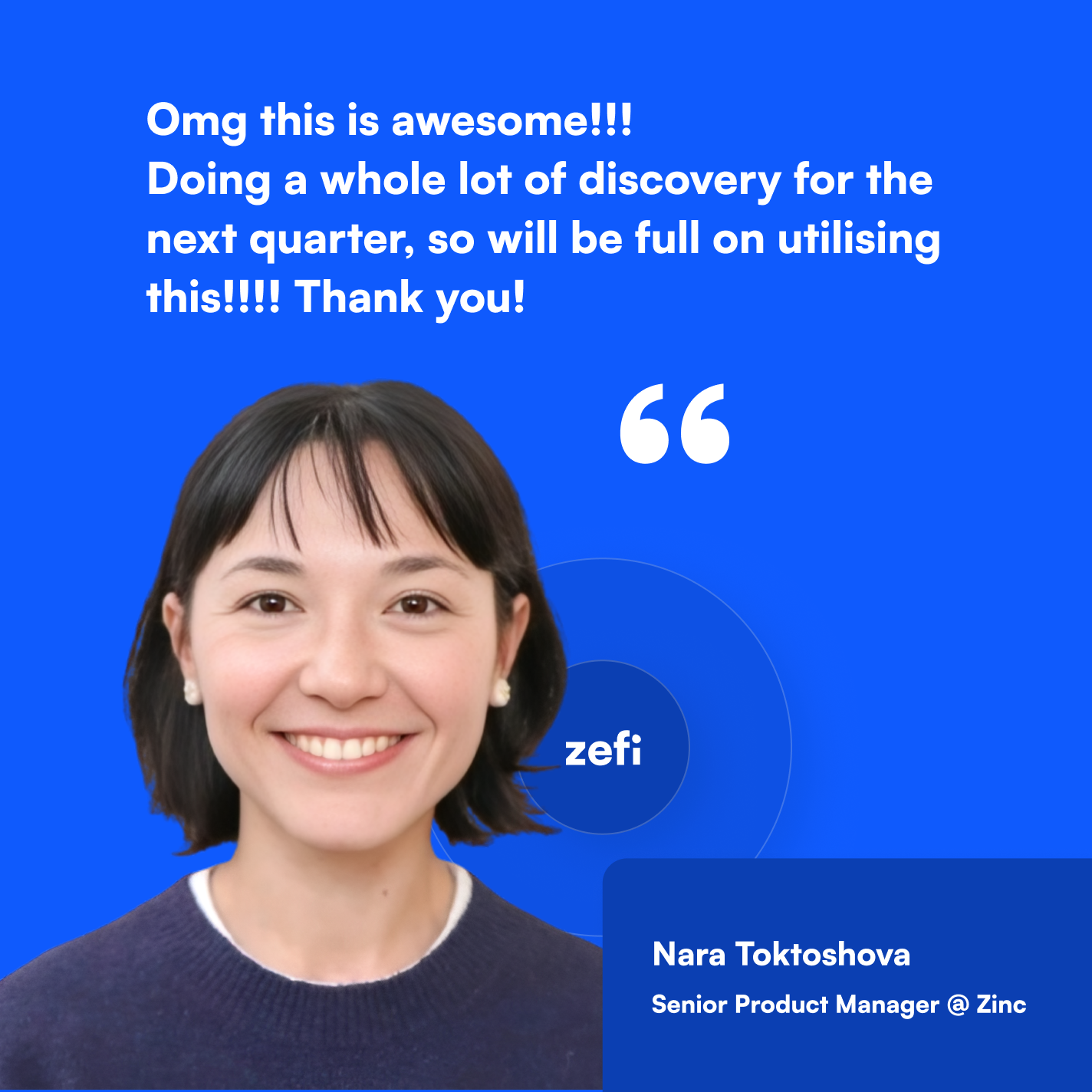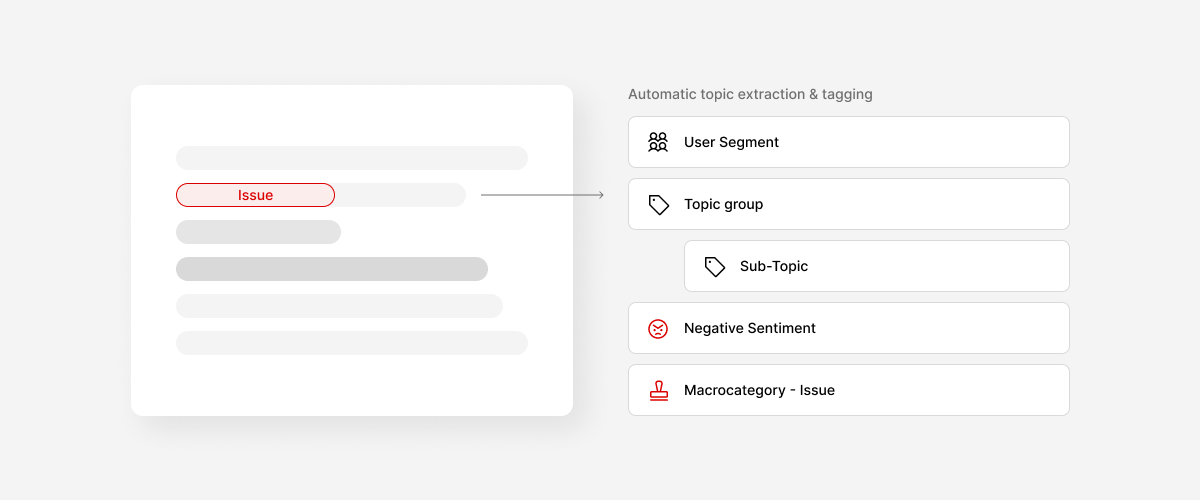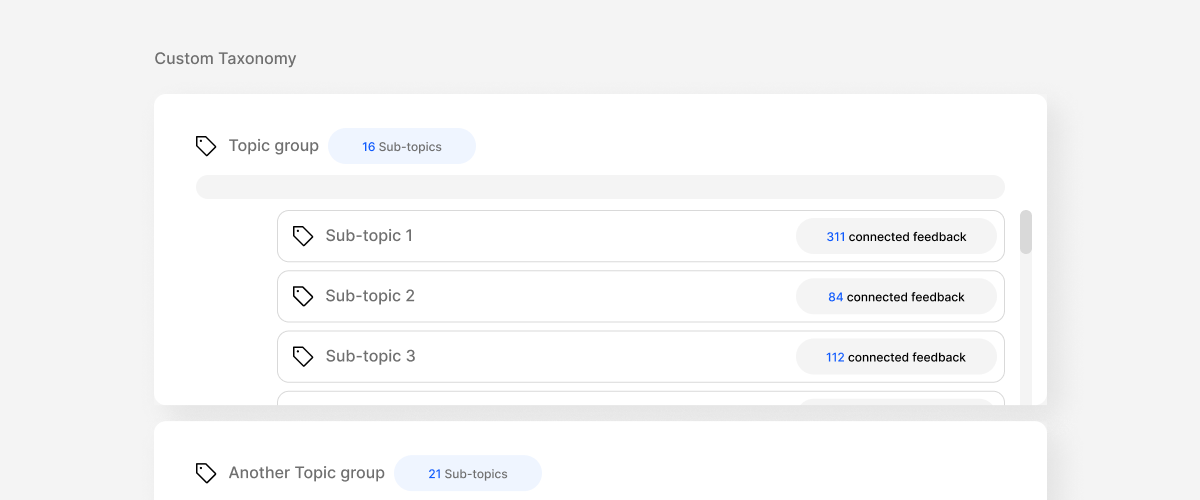Understanding What Truly Matters: The Jobs-to-be-Done Framework for Product Success
Imagine pouring your heart and soul into crafting a product, only to see it languish on the shelf. This happens all too often when companies fail to grasp the core of what users truly need. The Jobs-to-be-Done (JTBD) framework offers a powerful lens to address this challenge, helping you build products that resonate deeply with your target audience.
What is the Jobs-to-be-Done Framework?
Contrary to simply asking users what they want, JTBD delves deeper, focusing on the fundamental reasons behind their choices. It views customers as individuals "hiring" products or services to get specific "jobs" done in their lives. These jobs are the underlying needs and motivations driving their behavior, not just the surface-level solutions they might readily propose.
Why use the Jobs-to-be-Done Framework?
- Avoid feature traps: By going beyond features and focusing on core needs, the JTBD framework helps you avoid the pitfall of building products loaded with features that nobody truly needs.
- Uncover hidden opportunities: It enables you to discover unspoken needs and identify potential market gaps, leading to innovative solutions that address previously unseen "jobs."
- Prioritize effectively: When you understand the jobs your product helps users complete, you can prioritize features and development efforts based on their impact and relevance to those jobs.
Understanding the Anatomy of a Job-to-be-Done:
Jobs-to-be-Done go beyond just functionality. They encompass:
- Functional aspects: The core task or problem the user needs to solve.
- Emotional aspects (personal): The user's personal feelings and aspirations associated with the job.
- Emotional aspects (social): The social and societal factors influencing their decision-making.
For example, consider someone "hiring" a car. The functional job might be getting from point A to B. However, personal emotional aspects could involve wanting to feel comfortable and safe, while social aspects could involve projecting a certain image.
Putting JTBD into Action:
- Discover the Job: Conduct in-depth user research, focusing on understanding the context and motivations behind their product choices.
- Craft the Statement: Once you've uncovered the underlying needs, articulate them into a clear and concise statement using the following structure:
- Action verb: What the user wants to accomplish.
- Object of action: What the user wants to accomplish it with.
- Clarifier: The specific context or situation surrounding the job.
- Craft Outcome Statements: Define the desired and undesired outcomes associated with the job, both for the user and your product/service.
The Power of JTBD: A Case Study
Remember Google Glass? Despite its technological marvels, it failed to find widespread adoption. By applying the JTBD framework, we can see potential missed opportunities. Instead of targeting a broad audience, Google Glass could have focused on specific jobs like:
- Surgeons: Receiving real-time video guidance during surgery.
- Children with learning disabilities: Utilizing augmented reality for enhanced learning experiences.
Conclusion:
The Jobs-to-be-Done framework equips you with a user-centric approach to product development. By understanding the fundamental "jobs" your users are trying to accomplish, you can build products that truly resonate with their needs, leading to increased customer satisfaction and long-term success.





